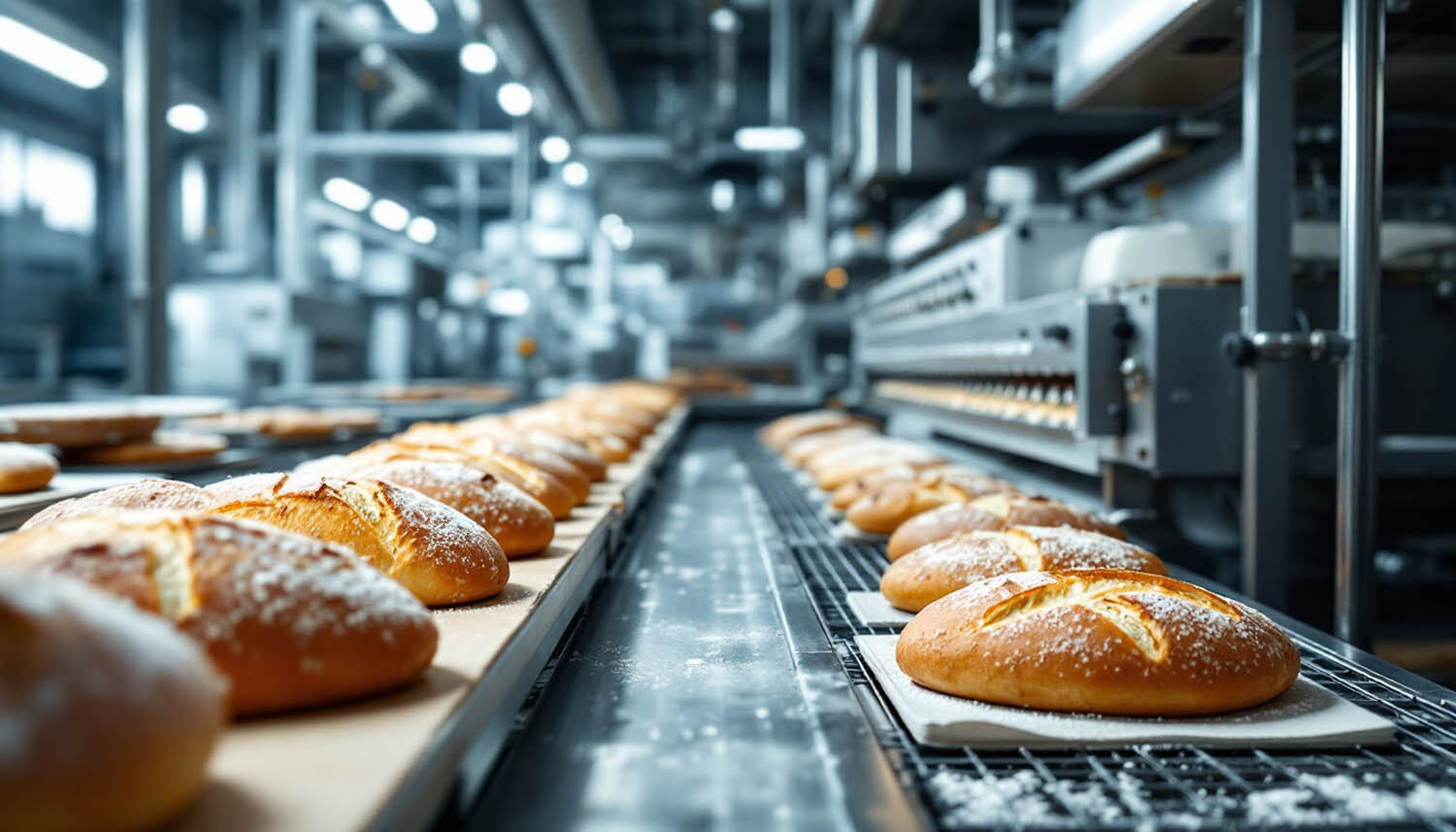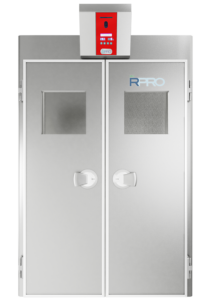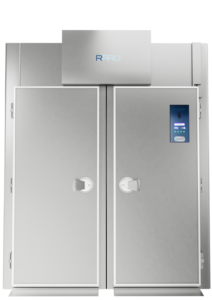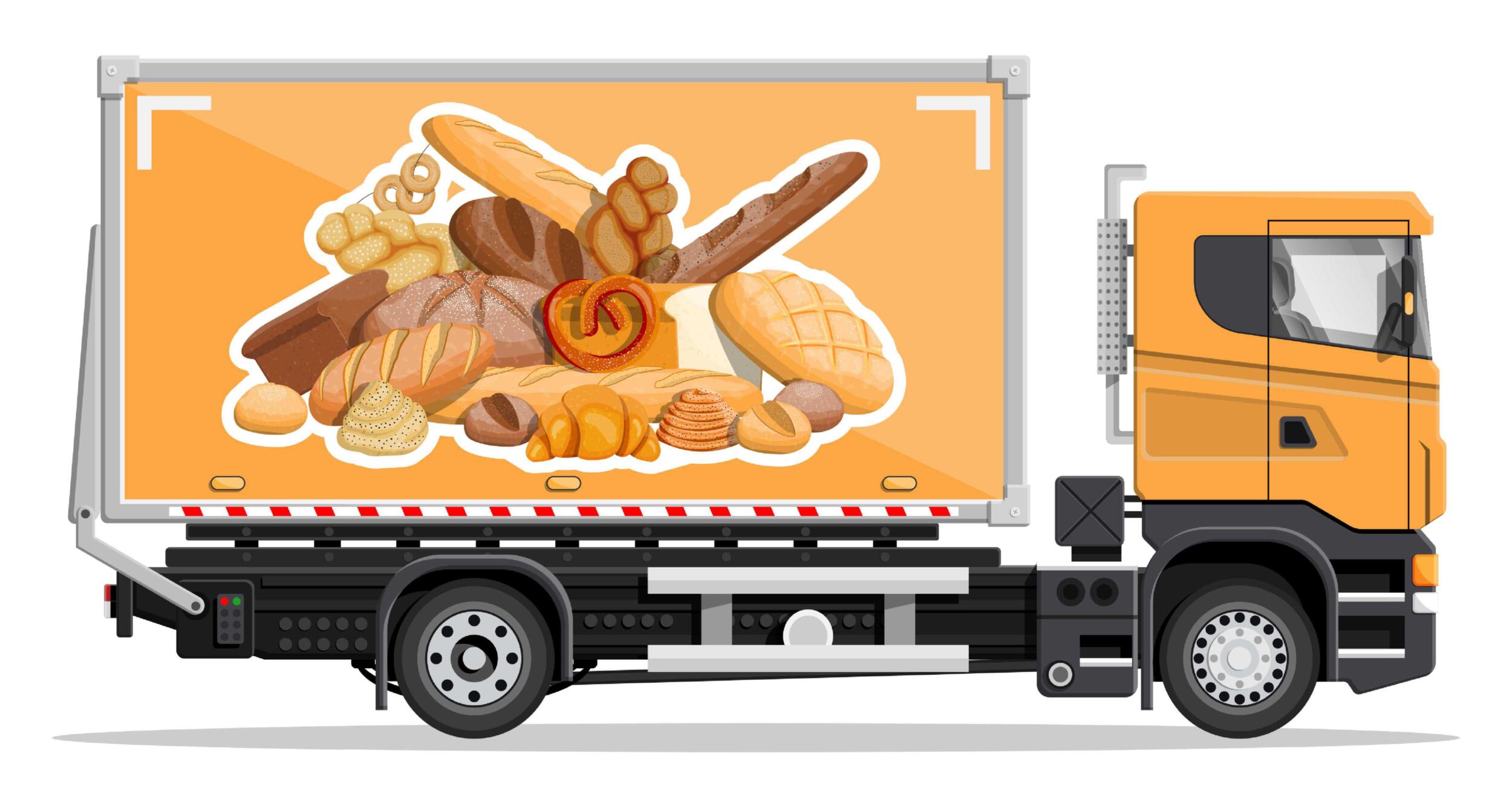Le processus complet

Phase 1:
La production de pain commence avec l’arrivée de la farine, qui est déchargée et transférée vers les silos de stockage. La farine y est stockée dans des conditions optimales, prête à être utilisée pour la phase de mélange.
Phase 2:
Pendant le pétrissage, la farine est mélangée à la levure et à l’eau à la température souhaitée, régulée avec précision grâce à des refroidisseurs d’eau. Cela garantit une pâte homogène et bien hydratée. Après le pétrissage, la pâte est divisée et façonnée lors de la phase de façonnage, permettant d’obtenir les pains aux formes souhaitées.
À ce stade, les morceaux de pain cru
peuvent emprunter deux routes.

Phase 3:
Ils sont transférés en chambre de fermentation, où la température et l’humidité contrôlées favorisent le développement du volume et la formation de la structure interne.

Phase 4:
Une fois la levée terminée, le pain subit une cuisson partielle de 12 à 15 minutes, un processus qui stabilise sa forme sans terminer la cuisson.

Phase 5:
Après un court refroidissement, le pain est rapidement introduit dans la cellule de refroidissement rapide et de surgélation, où la congélation rapide a lieu. Cette étape est essentielle pour préserver les caractéristiques organoleptiques du produit.

Phase 5:
Le pain cru est transféré directement vers la cellule de refroidissement rapide et de surgélation, où la congélation rapide a lieu

Phase 6:
À la fin des deux routes, le pain congelé est conditionné et transféré vers la chambre de stockage à température négative, en attente de distribution.

Phase 7:
Le transport du pain surgelé cru ou précuit s’effectue par camions frigorifiques, garantissant ainsi la continuité de la chaîne du froid et permettant ainsi une livraison optimale du produit aux différents types de clients.
Aperçu
Les cellules de refroidissement rapide et de surgélation sont essentiels à la production de produits au levain, car ils permettent de préserver la qualité, la fraîcheur et la sécurité alimentaire du produit.
Après une cuisson partielle ou un façonnage, le pain et autres produits au levain doivent être rapidement refroidis ou congelés pour bloquer la prolifération microbienne, préserver leur structure et assurer une longue conservation.
La congélation traditionnelle peut créer des macrocristaux de glace qui endommagent la structure de la pâte, tandis que la surgélation rapide permet un refroidissement uniforme et contrôlé.
Principaux avantages:
✅ Maintien de la qualité – La congélation rapide empêche la formation de gros cristaux de glace, préservant ainsi la texture alvéolée et le moelleux du produit.
✅ Conservation prolongée – Permet de conserver les produits longtemps sans altérer leur goût, leur consistance et leurs propriétés nutritionnelles.
✅ Optimisation de la production – Permet de produire en grandes quantités et de conserver des stocks sans gaspillage.
✅ Sécurité alimentaire – Réduit le risque de prolifération bactérienne, garantissant un produit sûr et conforme aux normes sanitaires.
✅ Flexibilité accrue – Les boulangers peuvent mieux gérer la demande en diversifiant la production et en optimisant les horaires de travail.
✅ Moins de perte d’humidité – Évite la déshydratation du produit cru, le préservant moelleux et parfumé après la cuisson.
Grâce à ces avantages, les cellules de refroidissement rapide et de surgélation sont essentiels pour garantir l’efficacité, la qualité et la sécurité dans la production industrielle et artisanale de produits de boulangerie.
